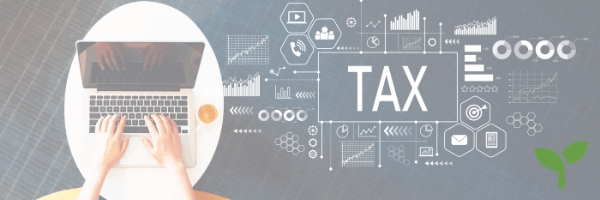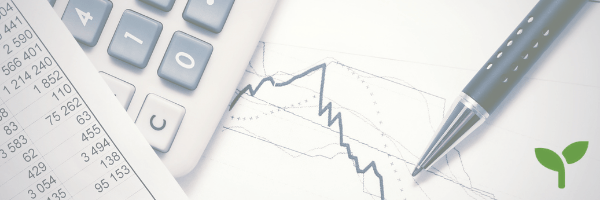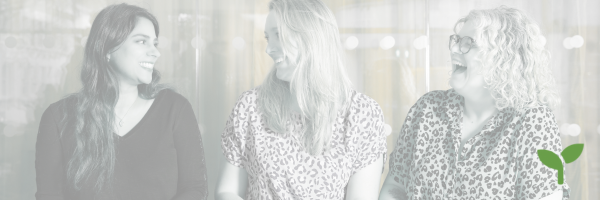
20 Business Startup Essentials
1st March 2021
Are you Getting the Tax Advice You Need?
14th April 2021We share with you some Top Tips on reading and understanding your Year End Accounts.
When you receive your Accounts, there should be 2 documents – a Profit and Loss Account and a Balance Sheet.
The balance sheet shows you the value of the business at a specific point in time (this is normally the last day of trading for your specific year end)

The profit and loss account shows you what has happened, as you have traded, during a specific period. Normally, the whole year in which you have traded.
When you read the information on the reports you may find that some figures are in brackets (). This means that there is a negative figure between the brackets. In the case of the bottom line of the profit and loss report, if the profit and loss account figure is in brackets, this might mean that you have made a loss rather than a profit.
Assets
The balance sheet contains information that shows two different types of assets: Fixed Assets and Current Assets.
Fixed Assets – Fixed assets are classed as such when they remain in the business for at least a year. They are used to create turnover for the business. Examples: A car in a delivery business. A laptop in a consultancy business. They are normally over a certain value (for smaller companies this might be £100).
Depreciation of fixed assets – As you use these assets, and they get older, they lose their value. This is reflected in the accounts each year; this is depreciation. Depreciation is an expense in the business and is recorded as an expense in the profit and loss account. It is also reflected in the value of the fixed assets shown in the balance sheet.
Current Assets – Current assets are classed as such as they are constantly changing within the business. They include any money you have in the bank (sometimes physical cash as petty cash), you may also have a separate savings account, debtors (those who still owe you money when you have sent them an invoice – this will be paid and turn in to cash), prepayments for goods and services in the business (a common example of this is insurance; where you may have paid for a whole year policy but only 6 months of that year are within the current year that the accounts are reporting), the next 6 months belong in the following year. You may also have stock, if you are selling goods rather than services and this is also an asset.

Liabilities
Long Term Liabilities – a liability is something that you will need to pay for within a certain amount of time. Long term liabilities are usually in the business for more than one year. A good example is a bank loan, which is repaid over a certain period.
Current Liabilities – the time period used is, again, a year but in this case, they need to be repaid in less than year. Current liabilities can include creditors (those who have sent you an invoice, but this still hasn’t been paid by the end of the financial year), a bank overdraft (you might find this stays in the accounts for more than a year but as you renegotiate an overdraft at least annually it is considered current), credit cards and tax liabilities to HMRC.
Profits & Overheads
Gross Profit – gross profit is shown in the profit and loss account. It is the difference between the turnover and the direct costs associated with creating the turnover.
Overheads – these are the costs that are taken away from the gross profit figure to reach the net profit. These are costs that are incurred in the day-to-day running of the business. This might include advertising, utilities, general software expenses.
Net profit – this is also shown in the profit and loss account. This figure is your Gross Profit less all your overheads. This is usually the figure that you pay tax on.
If you would like to find out more about the services we offer, please do get in touch or read our blog about what we can do for you here.
If you are client and need some assistance reading the numbers, please do not hesitate to contact us.




